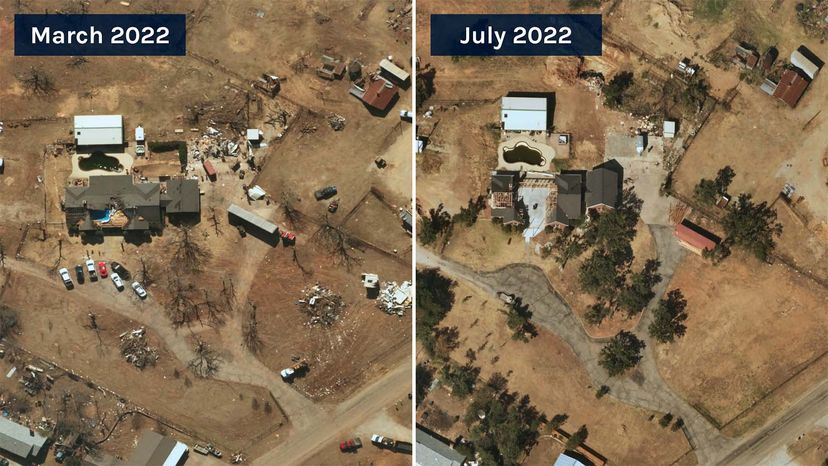
Google "stratosphere" and one of the top search results is for a hotel and casino in Las Vegas. But even if you've never been to Sin City, you've probably visited the stratosphere once or twice (at least). This boundary of Earth's atmosphere is hard to avoid for anyone who travels by air.
The stratosphere is the second-lowest level in Earth's atmosphere. It's a bastion of ozone gas and rapid winds, where clouds are scarce — but life endures. Sometimes referred to as "near space," it's where companies and countries are in a race to send new technology that can collect data and intelligence, snap high-resolution images, and even pilot long-range, unmanned reconnaissance missions.
Advertisement


